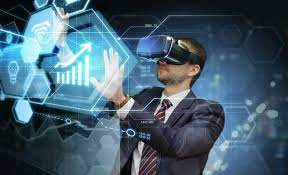
(VR) is the use of virtual reality technology to create immersive experiences that can contribute to promoting brands, products, and services. Virtual reality allows consumers to interact with products or services in a new and unconventional way through a three-dimensional experience that simulates reality.
Characteristics:
- Immersive experience: Virtual reality provides a realistic experience that enables users to interact with products or services in a digital environment that simulates the real world.
- Direct interaction: Allows consumers to interact with content directly and realistically.
- Creative and engaging: Virtual reality opens new horizons for innovation and creativity in marketing campaigns.
- Advanced technology: It relies on advanced technologies that require special equipment such as virtual reality glasses.
Benefits:
- Increased interaction: Thanks to the immersive experience, users feel a high level of interaction and integration with the content, which enhances their connection to the brand.
- Enhanced brand awareness: It contributes to leaving a strong impression on customers, which helps increase brand awareness.
- Improved shopping experience: Allows consumers to try products virtually before making a purchase decision, which increases their satisfaction and reduces the return rate.
- Personalized marketing potential: Virtual experiences can be customized to meet individual users’ needs and preferences.
Pros:
- Innovation and innovation: It offers endless opportunities for creativity and innovation in marketing campaigns.
- Competitive differentiation: Companies can differentiate themselves from competitors by offering unique and memorable experiences.
- Flexibility in presentation: Virtual reality can be used in a variety of contexts, such as product demonstrations, exhibitions, training, and advertising.
Cons:
- High cost: Producing and developing virtual reality experiences requires a large budget, both in terms of equipment and content development.
- Requirement of special equipment: Users need special equipment such as VR glasses, which may limit the spread of the experience among all customers.
- Learning and adaptation: Users may need to be taught how to use the new technology, which requires additional time and effort.
- Limited impact: The impact of campaigns may be limited if the experience is not designed to precisely meet the needs of the target audience.
Examples of companies using virtual reality in marketing:
- Emaar: used virtual reality to showcase its real estate projects, where potential buyers can take virtual tours of properties before they are completed.
- Sultan Center: In Kuwait, Sultan Center used virtual reality to provide virtual tours of new stores and highlight special offers.
- IKEA: uses virtual reality to allow customers to design and experience furniture products in their virtual space before purchasing.
- Volvo: launched a virtual driving experience that allows customers to drive its new cars in different virtual environments.
- Nike: used virtual reality to provide an interactive experience in some of its stores, where customers can try on and test sneakers in virtual sports environments.
Marketing through virtual reality is an advanced strategy that relies on creating immersive experiences to attract and engage customers with the brand. While this technology offers great benefits in terms of interaction and innovation, it comes with challenges related to cost and the need for special equipment. However, global companies such as IKEA and Nike have relied on this technology to differentiate themselves in the market and provide unique customer experiences.

18/08/2024
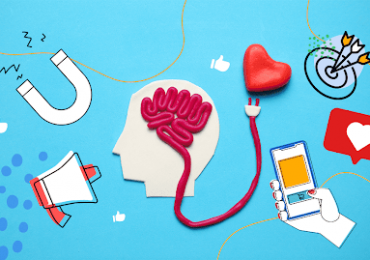
14/08/2024

28/08/2024

15/08/2024

18/08/2024
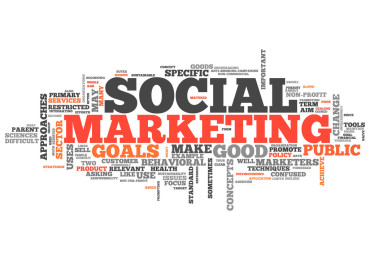
17/08/2024

16/08/2024
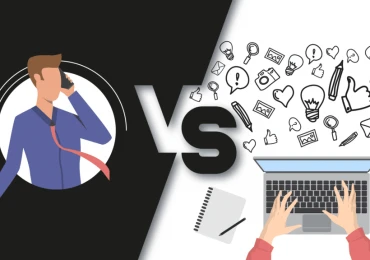
16/08/2024

31/08/2024
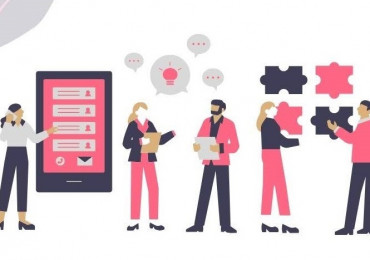
14/08/2024

25/08/2024

15/08/2024

15/08/2024
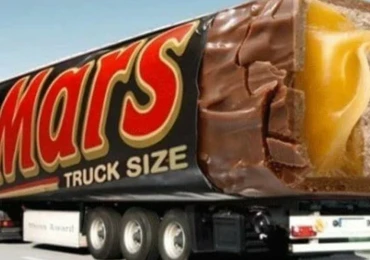
14/08/2024
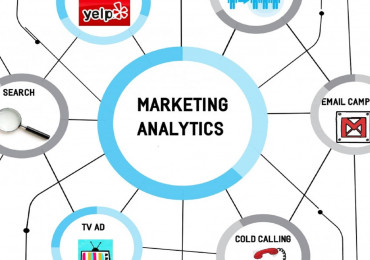
30/08/2024

16/08/2024

31/08/2024

26/08/2024

30/08/2024

20/08/2024